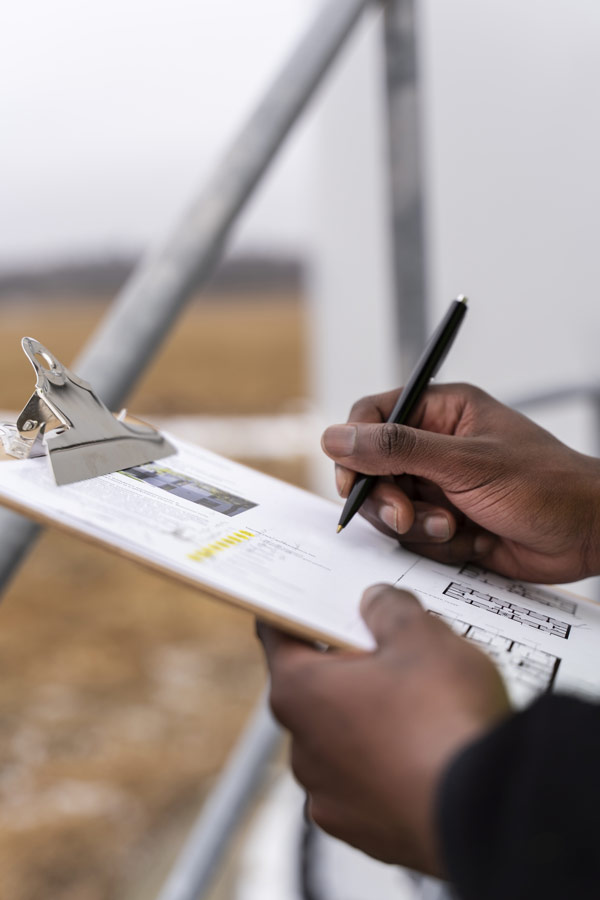Specialist Lead Paint Removal Company-- Serving All NYC Boroughs
Specialist Lead Paint Removal Company-- Serving All NYC Boroughs
Blog Article
Important Devices and Approaches for Efficient Lead Infraction Clean-up
Attending to lead offenses properly necessitates a detailed approach that blends the right devices with strategic methodologies. Simultaneously, the usage of specialized cleaning tools, such as HEPA vacuums and lead-specific cleaning representatives, is crucial for complete contaminant elimination. Reliable containment methods, consisting of plastic bed linen and negative air pressure systems, are essential to stop the spread of harmful materials.
Individual Protective Equipment
Individual protective tools (PPE) is an important element in the reliable management of lead contamination clean-up. The essential PPE for lead clean-up consists of respirators, safety apparel, gloves, and eye security.
Respirators, particularly those equipped with HEPA filters, are essential for filtering air-borne lead fragments, preventing inhalation. Safety apparel, consisting of coveralls and non reusable fits, prevents lead dirt from adhering to employees' garments, lowering the danger of second contamination.
In addition, rigorous training on the proper use and upkeep of PPE is vital. Workers have to be enlightened on donning and doffing procedures to prevent contamination. Routine evaluations and replacements of PPE components are required to maintain their safety capacities, making certain a safe and certified cleanup procedure.
Specialized Cleanup Devices

An additional crucial tool is the wet/dry vacuum cleaner, which can successfully clean up both dust and liquid contaminants. These vacuums often feature HEPA filters to provide an additional layer of security. Damp wipes or tack towels are also important for surface cleaning; they are particularly developed to capture and hold lead fragments, minimizing the risk of spreading contamination.
For even more persistent deposits, specialized lead-removal cleansing representatives are called for. These agents are developed to break down lead particles, making them less complicated to remove. Scrub brushes with strong bristles can help in this procedure, especially on harsh surfaces where lead dust tends to adhere much more strongly.
Additionally, encapsulants are used to secure lead-contaminated surface areas, stopping the release of lead dust. These specialized paints and coverings are designed to comply with various substratums, giving a long-lasting service for lead control.
Efficient Control Methods
Effective containment methods are essential in mitigating the spread of lead contamination during cleanup activities. Applying durable control techniques ensures that lead bits do not migrate to unaffected areas, thereby safeguarding both employees and the environment (DOH & HPD Lead Violation Removal NYC).

To improve containment, encapsulants can be related to surface areas that are not being gotten rid of or disturbed. These specialized coverings bind lead dirt, lowering its accessibility for resuspension. In addition, all personnel need to put on proper Personal Protective Equipment (PPE), consisting of respirators and non reusable suits, to stop contamination spread.
Safe Disposal Practices
Making sure safe disposal methods is an important part in the management of lead contamination clean-up. Correct disposal minimizes the danger of lead re-entering the environment and endangering public health and wellness (DOH & HPD Lead Violation Removal NYC).
Delivering lead waste requires adherence to strict guidelines. Making use of qualified unsafe waste service providers ensures that the materials are handled sensibly. Documentation, including shows up describing the kind and amount of look at this website waste, ought to go along with deliveries to track the waste from the site of beginning to its last disposal location.
Designated dangerous waste disposal centers are equipped to deal with lead-contaminated materials safely. These facilities typically use advanced methods such as stablizing, solidification, or chemical therapy to neutralize the lead prior to disposal. Landfilling in specialized, lined areas that prevent leachate from infecting groundwater is a typical practice for last disposal.
Normal training for workers associated with lead garbage disposal is essential to preserve safety and security criteria and prevent unintended direct exposure. By adhering to these practices, companies can significantly lower the environmental and wellness effects related to lead contamination.
Regulatory Conformity Tips

Adhering to regulatory compliance is critical in the effective implementation of lead contamination cleaning. Recognizing and following federal, state, and local regulations guarantees not only the safety and security and health of people however also the lawful and economic wellness of the cleaning company. The Epa (EPA) establishes rigorous criteria, such as the Lead Remodelling, Repair Work, and Paint (RRP) Guideline, reference which mandates proper certification and training for contractors managing lead-based activities.
Compliance starts with a thorough analysis of suitable regulations and guidelines. Organizations needs to stay updated on any type of legal modifications, which can be facilitated with normal training sessions and registering for industry updates. Documentation is an additional essential compliance element; maintaining comprehensive records of all activities, including examination reports, staff member training logs, and disposal shows up, is essential.
Furthermore, involving with accredited lead inspectors or run the risk of assessors makes sure that lead threats are correctly identified and alleviated. Employers should impose making use of Individual Protective Equipment (PPE) and guarantee that security procedures are strictly complied with. Transparent communication with stakeholders, including staff members, clients, and governing bodies, will foster a society of compliance and liability, inevitably adding to a safer and more reliable lead clean-up procedure.
Conclusion
Efficient lead violation cleaning requires the assimilation of specialized devices and tactical methodologies to make sure security and efficiency. Utilizing HEPA vacuum cleaners, specialized cleansing agents, and reliable containment approaches such as plastic sheet and negative atmospheric pressure systems is imperative. Individual safety tools (PPE) safeguards employees from direct exposure, while safe disposal practices and stringent adherence to regulatory compliance are crucial for sensibly managing unsafe waste. Jointly, these measures significantly mitigate wellness risks and contribute to a cleaner environment.
Report this page